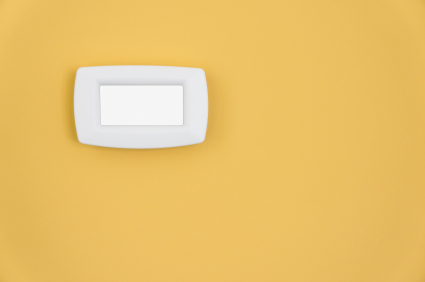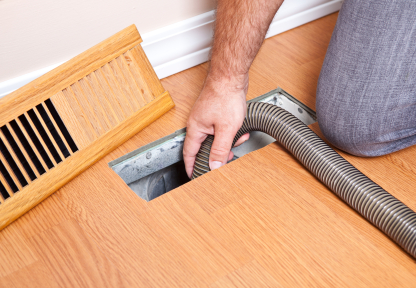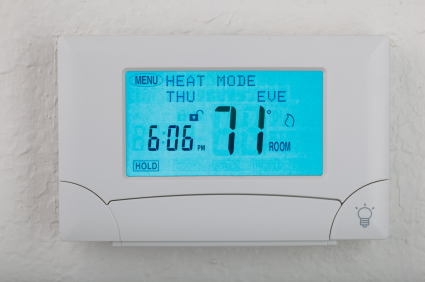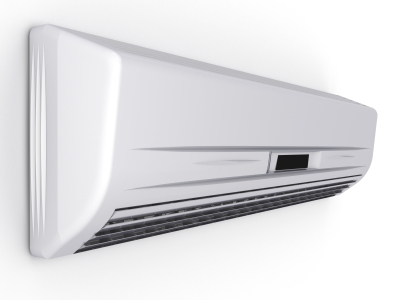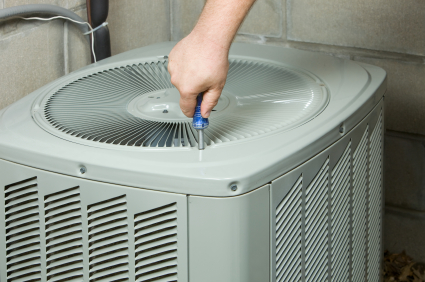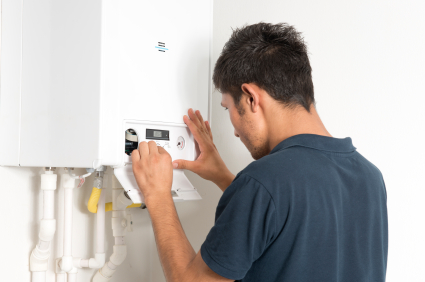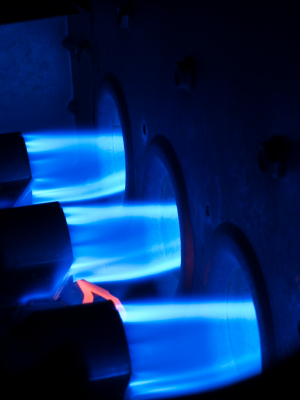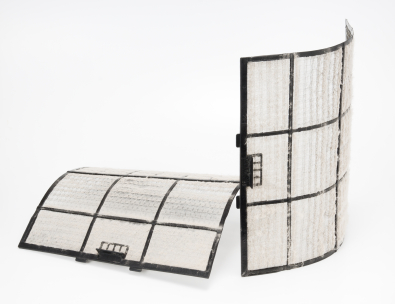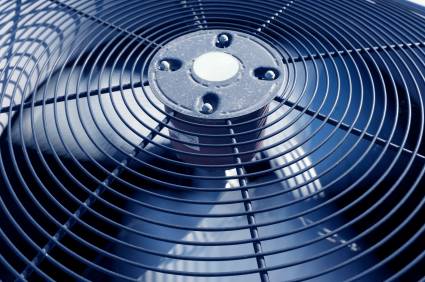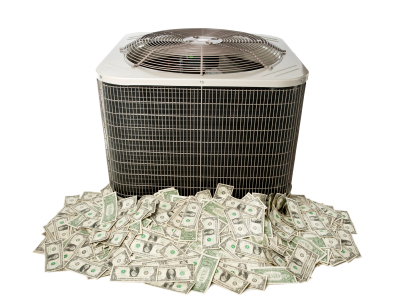You are trying to set the temperature in your home, but the thermostat display is blank. Before you freak out or call professional help, check to see that the battery in the thermostat is still good if your display system requires a battery. If that isn’t the problem, continue reading this guide.
Loss of Power from Other Sources
In order to troubleshoot the problem, you will need to check the wirings inside your display and find out which ones are working and which ones are not. Basically you need to check for power flowing on the wiring—for this, get a voltmeter.
A voltmeter is a device that measures the amount of electrical difference (flow) between two points of a circuitry. You can measure the electrical flow by attaching the two metal tips of the voltmeter to the wires you want to test.
Disassemble your thermostat display to the point where you see four types of wiring. Two of the wires should be black—these are high voltage wires, (120V/240V) so you don’t want to mess around with them yet. You should also see the two smaller wires that are not black.
One of these smaller wires should be marked to be 24V, either in your display manual or in hardware. Locate that wire and test the voltage with the voltmeter to the ground/wall. If the voltmeter reports the flow of 0V, this indicates that the fuse on the circuit board is blown. The blown fuse is making your thermostat display blank in this case. Replace it.
If the 24V is not a problem, carefully check (with rubber gloves) the voltages of the 120V and 240V wires with your voltmeter. If you find a problem with any of those wiring, backtrack the problematic wiring through until you find the problem or reach an AC component. If the connected component does not work, the component will have to be replaced.
Consult a Professional
If you are not sure what you are doing, consult a professional to avoid damaging your system. TalkLocal can help with finding the correct local experts to help you in this case, saving you time and energy in what may be a stressful situation.

